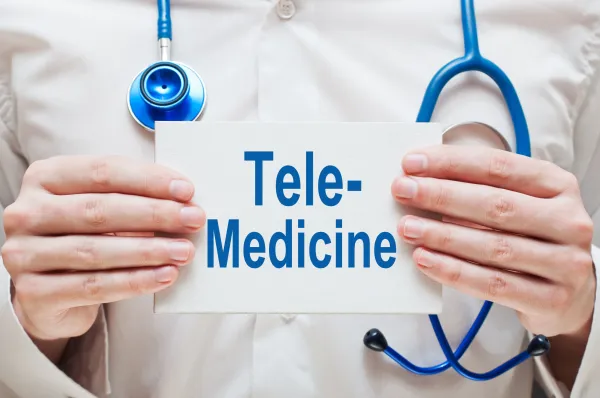ED Coding and Reimbursement Alert
Last-Minute Change Saves Practices from Further Modifier 25 Pay Cuts
Tip: Use this as an opportunity to review your modifier 25 processes. Emergency departments are accustomed to reporting modifier 25 every day, since most ED physicians have to evaluate a patient thoroughly before performing any procedures. Fortunately, EDs escaped a near-miss recently, thanks to one insurer's last-minute decision not to slash pay for E/M codes appended with modifier 25. Background: Last year, Anthem announced plans to cut pay for E/M codes appended with modifier 25 (Significant, separately identifiable evaluation and management service by the same physician or other qualified health care professional on the same day of the procedure or other service) by 50 percent. As 2017 came to a close, Anthem decided it would go easier on practices by only cutting modifier 25 pay by 25 percent. Fortunately, however, Anthem has scrapped the entire plan to reduce modifier 25 pay. Anthem's Chief Clinical Officer Craig E. Samitt, MD, MBA alerted the AMA in February that it would not be instituting any pay cuts for claims involving modifier 25. EDs were relieved to have escaped the pay cuts, which are already in effect for Independence Blue Cross Blue Shield. However, Anthem's announcement doesn't give you carte blanche to report modifier 25 every time you perform an E/M and a procedure, because auditors are carefully scrutinizing these claims. For example, Part B recovery audit contractor Performant Recovery announced in January that it will be homing in on claims that violated CMS guidelines for these services. The RAC identified these as two separate audit issues, as follows: Although EDs won't use modifiers 24 or 57 frequently, modifier 57 can be used on procedures like fracture care and other services that have 90-day global periods. But no matter which modifier you're using, there is only one way to prove medical necessity for the separate E/M and procedure, and that is to have clear documentation. Typically, you won't submit documentation on your modifier 25 claims, but if the payer denies the claim you'll have to provide documentation on appeal. A separate diagnosis is not required per CPT® to prove significantly separate services, and you won't always have different ICD-10 codes for the procedure and the E/M-25. No matter how you do it, medical record documentation is key to substantiating that an E/M was medically necessary in addition to the work involved in a procedure for the same patient during the same visit. Make sure to get your notes right before submitting an E/M-25, so you'll be ready if the payer requires you to appeal the claim.
Related Articles
ED Coding and Reimbursement Alert
- Modifiers:
Last-Minute Change Saves Practices from Further Modifier 25 Pay Cuts
Tip: Use this as an opportunity to review your modifier 25 processes. Emergency departments are [...] - Billing:
Perfect Your Medicare Secondary Payer Claims With These Tips
It's the practice's responsibility to know which payer to bill first, Part B rep says. [...] - Use This Chart to Determine Primary Payer
There are myriad situations that you may see when you have to determine whether Medicare [...] - ICD-10:
Heed These ED-Specific ICD-10 FAQs
From gastritis to conjunctivitis: These are the right diagnosis codes to use. Flu season is [...] - You Be the Coder:
Which E/M Code Applies When ED Patient Becomes Inpatient?
Question: We saw a patient in the ED for a possible broken bone following a [...] - Reader Question:
Heed This Laceration Repair, Debridement Advice
Question: We recently treated a patient who was involved in a skateboard accident, which resulted [...] - Reader Question:
Remember to Sign Those Orders
Question: We have problems with one of our ED doctors who orders lab tests and [...] - Reader Question:
Pinpoint the Myositis Code
Question: Our physician documented that a patient was suffering from pain, swelling, tenderness, and weakness [...] - Reader Question:
Does This Scenario Require More Information?
Question: A parent brought a newborn patient to the ED with nasal discharge, nasal swelling, [...]




